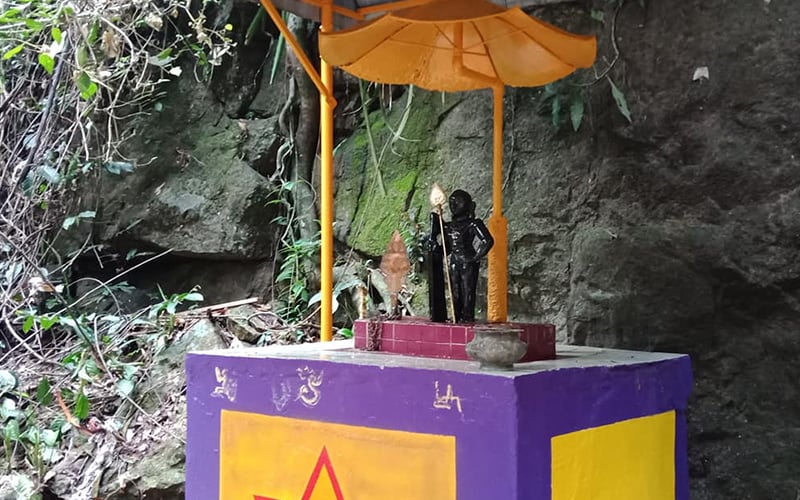
PETALING JAYA: A shrine of profound significance stands near the cascading waterfall at Penang’s Botanic Gardens – the place where the very first Thaipusam was celebrated in Malaysia.
The year was 1782, and British settlers had recently arrived on Penang Island. George Town was yet to be established and would not come into being until 1786.
It was a period of discovery, not only for the British settlers but also for the labourers from Tamil Nadu, India, whom they had brought to the island.
The labourers, responsible for transporting water to George Town by bullock cart, discovered a fresh water source at the left bank of the waterfall. Inspired by their deep reverence for Lord Murugan and his affinity for hilltop locations, it was there that they chose to construct a shrine to him.

By the year 1800, the shrine had evolved into the epicentre of the Thaipusam festival, but as the local population continued to grow, British authorities decided to repurpose the area to provide drinking water for the expanding community, resulting in the creation of a reservoir in 1892.
In compensation for their loss, they granted the devotees a 13-acre plot on a separate hilltop located 3km from the Botanic Gardens – the location of the present-day Waterfall Hilltop Temple, which despite lacking an actual waterfall retains the name out of sentimental attachment to the original temple.
But despite the passage of years since the temple’s relocation, the old shrine remains within the Botanic Gardens.
P Kuvenaraju, former chairman of the temple, said it was common practice for Tamils to construct a Lord Murugan temple wherever they settled.

“The temple was built just next to the waterfall. Thaipusam, Lord Murugan’s primary festival, was observed at the Botanic Gardens in a modest setting.
“During that time, the population of Indians was very small. You would not look at Thaipusam like it is today,” he told FMT.
In contrast, Penang is anticipating the arrival of one million devotees from Jan 24 to Jan 26 for this year’s Thaipusam celebration.
And sustaining the shrine at the Botanic Gardens over the years has proven to be a challenging endeavour, according to Kuvenaraju who recalled how a significant storm a few years ago washed away the temporary bridge and other nearby structures.
“I managed to get permission from Penang Water Supply Corporation (PBAPP) to make a concrete cave in the shape of Vel (Lord Murugan’s holy spear). Now it’s a very secure place,” he said.
Despite being the location of Malaysia’s inaugural Thaipusam celebration, the temple doors are not open to everyone today. Visiting requires permission from PBAPP, a privilege limited to a select few.
Kuvenaraju, who is also the PBAPP non-executive director, said access is limited for large pilgrim gatherings to preserve the water’s purity.
He also said that the temple’s prayer sessions now occur only once a year, specifically before Thaipusam.
“This year, PBAPP is allowing around 40 people. Usually, it’s about 30 or 40. Sometimes, if we don’t have a proper officer there, we will even restrict it to 20 people,” he said.
Since Thaipusam’s transition in February 1915 from the Botanic Gardens to the Waterfall Hilltop Temple, the grand temple has become known for its massive seven-storey main tower, which makes it the largest Lord Murugan temple outside of India. - FMT



No comments:
Post a Comment
Note: Only a member of this blog may post a comment.